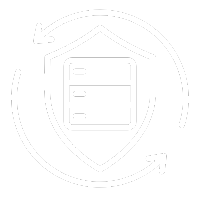Here is an overview of how modern disaster recovery backup solutions can effectively protect company resources, reduce risks and ensure rapid resumption of operations in the event of a disaster.
RPO and RTO systems: Recovery concepts Point Objective (RPO) and Recovery Time Objective (RTO) are fundamental in disaster recovery planning. RPO refers to the maximum amount of data a business can afford to lose, while RTO indicates the maximum time to restore functionality after an outage. Having clear objectives for these two parameters is essential to ensure resilience and business continuity.
Deployment Options: Many backup and disaster recovery solutions are now hosted in the cloud, offering reduced upfront costs and ease of management. Hybrid solutions combine cloud and on-premise infrastructures, balancing flexibility and localized control, particularly useful for meeting specific regulatory requirements.
Security and Compliance: Maintaining security and regulatory compliance are crucial aspects of any disaster recovery strategy. Solutions must be designed to ensure data confidentiality and integrity, as well as to meet specific standards such as the Sarbanes Oxley Act in the USA, which imposes stringent requirements on corporate data management.
Technologies and Methods Backup: Disaster recovery solutions can vary widely in their technologies and methods. Traditional solutions may include tape storage and hard drives, while modern options often leverage the cloud to improve agility and reduce recovery times. Some approaches use snapshot-based replication to capture and maintain application states in real time
What is the difference between RPO and RTO in the context of disaster recovery?
RPO (Recovery Point Objective) indicates the maximum amount of data a company can afford to lose during an outage, while RTO (Recovery Time Objective) is the maximum time a company can tolerate for restoring operations after a disaster.
These two parameters are fundamental to evaluate the effectiveness of a disaster recovery plan and must be established based on specific business continuity needs.
How can I ensure that my backup and disaster recovery solution complies with current regulations?
Ensuring regulatory compliance requires selecting backup and disaster recovery solutions that offer robust security and data privacy.
It's critical to partner with vendors who understand your industry's specific regulations and can offer customized solutions that meet those requirements. Furthermore, it is important to have detailed and up-to-date documentation of your disaster recovery plan and backup policies.
What are the advantages of cloud-based disaster recovery solutions compared to on-premise ones?
Cloud-based disaster recovery solutions offer several benefits, including lower upfront costs, improved scalability, and ease of management.
Additionally, the cloud allows data to be replicated across multiple geographic regions, increasing resilience to disastrous events that could affect a single data center. However, on-premise solutions can offer greater control and security for your data, which may be a requirement for some industry regulations.











 Simple and Intuitive Management
Simple and Intuitive Management 



